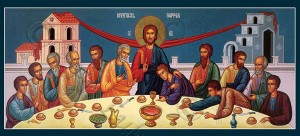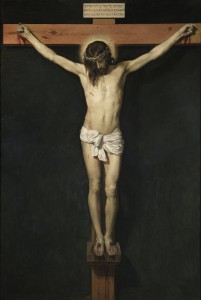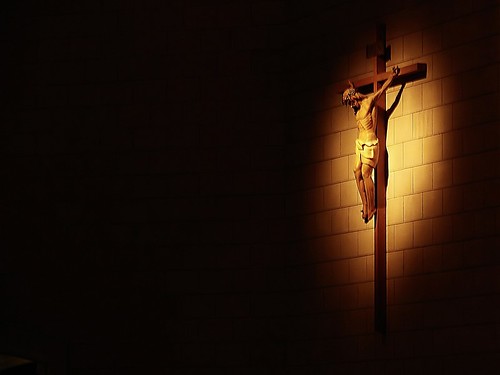We received the following email this morning from a parishioner at St. Anne/Our Lady of Lourdes. The woman who sent this in tries not to go to the cluster’s Masses, due to the insipid and illicit preaching of Joan Sobala, SSJ, but found herself out of options for a Good Friday service. She thus went to St. Anne and witnessed the following:
When they all processed in, Joan was, of course, right with the priests. When they got to the altar and went down for the prostration, Joan went right down with them. It was shameful. The priest prostrates himself because he is a priest, an “alter Christus,” an “other Christ,” but what is Sr. Joan? She’s a bitter wannabe. Maybe she’s got good intentions, but intent only goes so far. When the minute had passed, Fr. Tyman rose easily, with dignity befitting the tone of the Mass. However, Sr. Joan could not rise without the help of those around her. She looked like some kind of liberal weevil that had fallen out of a bad loaf of bread or something, wiggling around trying to get herself up again. Maybe that sounds mean, but let’s look at the perspective. This is Good Friday. Of all the days in the Church year when politicking should be left aside, this is it. Our Lord’s death should eclipse everything aside from itself. When you pull a stunt that distracts the congregation (which was pitiful compared to years past), you don’t deserve my compassion. Sure, I’ll pray for you, I’ll smile and be civil, but never presume that you should be the focus over God Himself. When I saw her being helped up I remembered why I started going to St. Boniface and Our Lady of Victory. Fr. Brickler never makes himself the center of attention. Fr. Kennedy says a nice Mass, too. Fr. Antinarelli conducts himself with humility and dignity. Well, not this dame. I feel sorry for her, definitely, but I feel sorrier for the people who have to put up with this kind of nonsense.
Like the woman who emailed us does, I pray for Sr. Joan often. I pray for our entire Diocese. People wonder why we have so few vocations, and then we see things like this, where an aging “progressive” nun upstages Jesus Christ Himself. Our priests look on from the sidelines and can’t do anything because she, and others like her, are the bosses in Rochester. There’s really nothing I can say or add that I haven’t already at some point over the past few years, so I’ll just close with this quote from Bishop Fulton Sheen:
“Who is going to save our Church? Not our bishops, not our priests and religious. It is up to you, the people. You have the minds, the eyes, the ears to save the Church. Your mission is to see that your priests act like priests, your bishops, like bishops, and your religious act like religious.”









